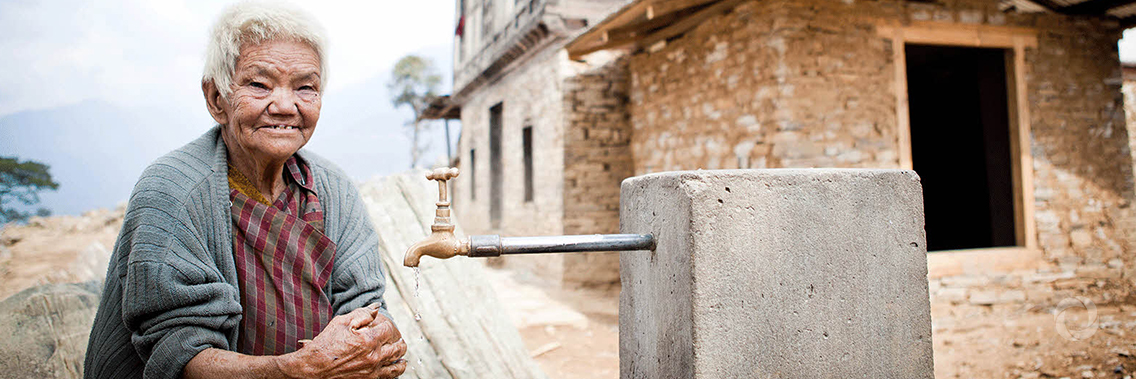The Kingdom of Bhutan is located amidst some of the planet’s most outstanding natural environments. Yet communities are constantly reminded of their geographical vulnerabilities and challenges, increasingly exacerbated by climate change.
The land-locked country is exposed to a wide range of climate change-induced threats, including glacial lake outburst floods (known as ‘GLOFs’), flash floods and landslides, windstorms, forest fires, and seasonal water shortages (affecting not only people’s consumption but also the viability of livestock and agriculture).
Climate change is not solely driving more extreme weather events, it is also having a direct impact on the people who rely on subsistence agriculture.
Fifty-eight percent of the population live in rural areas and rely on agriculture for their livelihoods. This renders them dependent on favorable climatic conditions: if the weather is good, crops will thrive; if the weather is bad, crops will fail.
In recent times, due to warmer temperatures and unpredictable precipitation, some pockets of rural settlements have faced severe challenges in terms of water resources. Erratic and extreme rainfall during monsoon seasons, coupled with the country’s alpine topography, are posing serious risks of landslides and floods in many parts of the country.
As a result of water shortages, women tend to face greater hardship than men, because women have traditionally been responsible for water-dependent household duties, such as cooking, cleaning, and providing sustenance for children.
Recognising these climate-induced hazards, the Government of Bhutan and the United Nations Development Programme (UNDP) partnered and developed Bhutan’s National Adaptation Programme of Action (NAPA, 2006), updating it in 2012 to incorporate new emerging hazards.
Since then, UNDP has partnered with the Government to formulate and support the implementation of climate change adaptation projects, based on identified priorities.
The rural communities of the four districts now have improved water supply sufficient for household uses, as well as for livestock and agriculture.
Original source: UNDP
Published on 30 March 2019

